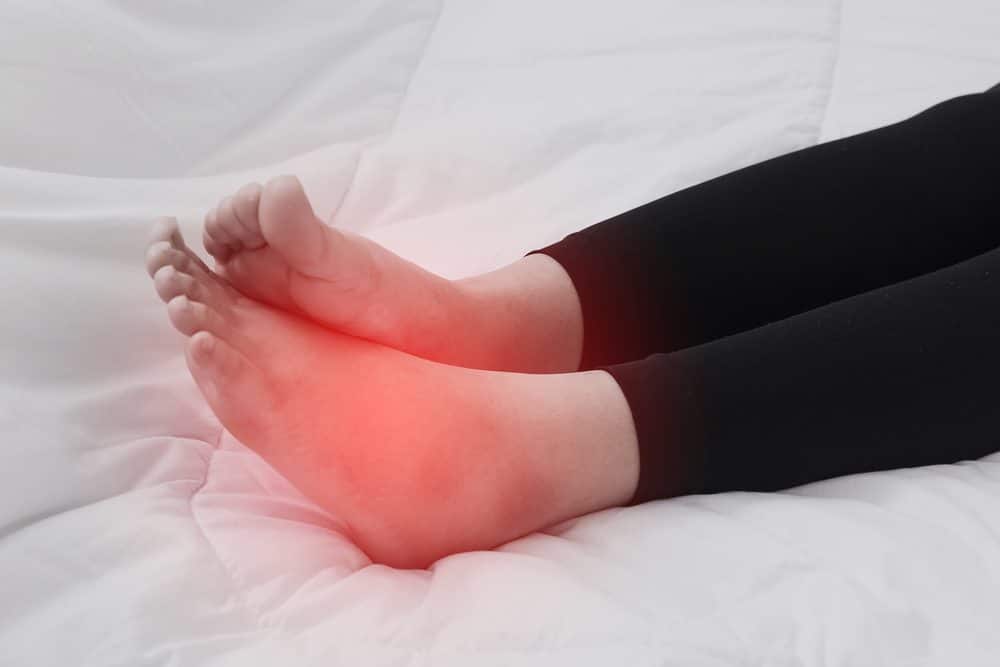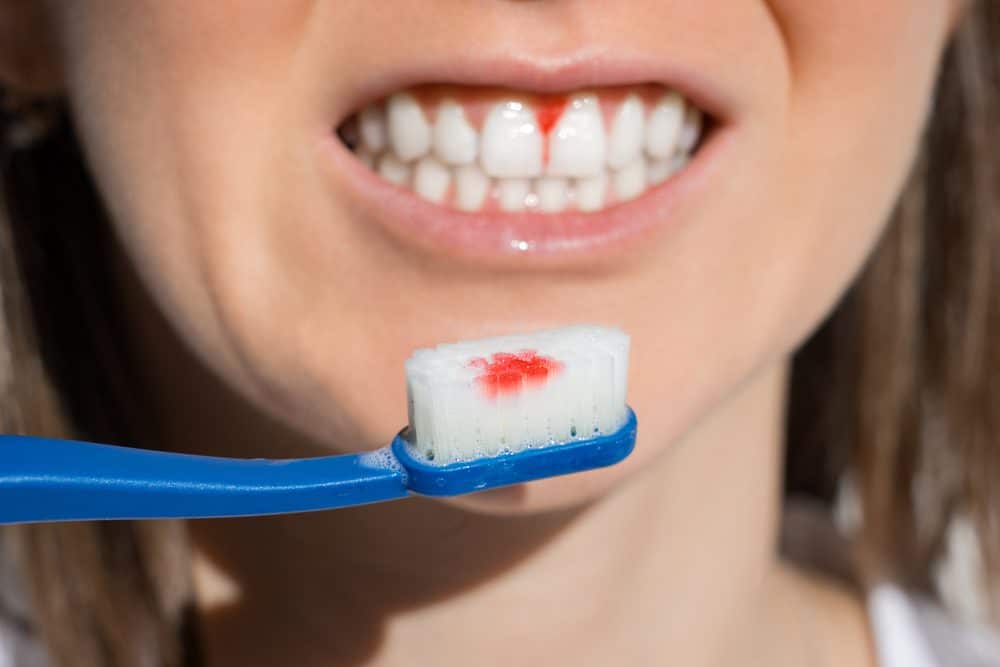Did you know that your dermatologist might be the first to see early indicators of heart disease or cardiovascular illness? Cardiovascular disease happens to be a catch-all phrase for a variety of medical diseases affecting the heart and blood arteries.
Another general term for medical problems that impact the heart’s appropriate function is heart disease. Cardiovascular illnesses include heart disease. However, not all cardiovascular diseases (such as high blood pressure and blocked arteries) constitute heart disease.
Coronary artery disease (CAD), arrhythmias, heart failure, congenital heart anomalies, and disorders affecting heart muscles, valves, or rhythms are all examples of common heart ailments.
Furthermore, diseases such as atherosclerosis (artery hardening) frequently result in heart attacks, strokes, and impaired circulation.
Where does your dermatologist come in since heart issues arise within your body? Many cardiac problems have symptoms that manifest themselves on your skin and nails.
When your dermatologist notices odd signs and symptoms, he or she may advise you to contact your primary care physician and be checked for cardiac issues. Let’s look at some of the most prevalent skin indicators of heart disease.

1. Lower Leg and Feet Swelling
Excess fluid buildup in the legs and feet caused by heart disease can cause them to swell. Edema is the swelling caused by fluid buildup.
Rapid lower extremity swelling with no visible or known damage might be an indication of a dangerous problem, such as a blood clot or irregular heart function, and should be addressed by a doctor at once.
2. Gray, Blue, or Purple Skin
Blood artery obstruction is indicated by grey, blue, or purple skin. Any of the blood channels that transport oxygen-rich blood from the heart to the rest of the body — arteries, capillaries, and veins – might become blocked, preventing enough oxygen from reaching the blood.
A shortage of oxygen causes grey, purple, or blue skin, mainly on the fingers or toes. Circulatory problems, such as blockages, may be an indication of heart disease. They can cause lasting tissue damage or death if not treated.
3. Lacy Skin Pattern in Gray, Purple, or Blue
Gray, blue, or purple skin with a web or lace-like appearance on the skin might be an indication of clogged arteries caused by excessive cholesterol. When cholesterol levels get too high, fatty deposits begin to form in the arteries, obstructing adequate blood flow.
While this does not always signify heart disease, it does raise the chance of developing heart disease or having a heart attack.
4. Waxy Skin Growths
Waxy skin growths are another indicator of high cholesterol. Waxy, yellow-orange pimples on the hands, feet, eyes, backs of thighs, or behind might be fatty cholesterol deposits beneath the skin.
They suggest an abnormal cholesterol level that needs therapy to avoid the development of heart disease or a heart attack. Multiple clusters of rash-like waxy growths indicate a dangerously high cholesterol level that necessitates medical treatment.
5. Red or Purple Fingernail Streaks
A fingernail injury or abrasion is frequently the cause of red or purple spots of blood under the fingernails. However, if they arise without a documented injury, they might be symptoms of heart disease or an infection of the heart termed infective endocarditis.
When fingernail streaks are a sign of a heart problem, they are frequently accompanied by additional symptoms such as fever, a weak heartbeat, or an irregular pulse.
6. Swollen Fingers
Another indicator of heart illness or infection is swollen fingers with downward-turned nails (known as clubbing). If you have clubbing, go to your doctor to be checked for additional indicators of heart problems.
7. Brownish-Red Discolored Lesions or Painful Nodules
Discolored lesions (Janeway lesions) and painful nodules (Osler nodes) on the hands and feet are uncommon but well-documented symptoms of an infection of the heart termed infective endocarditis. Osler nodes are painful, sensitive red-purple lumps that usually appear on the fingers and toes.
These skin issues can bother you anywhere from just a few hours to many days. Janeway lesions are non-painful red-brown lesions that most typically appear on the palms and soles of the feet. They might endure from a few days to several weeks. Both skin lesions and nodes are resolved when the underlying heart infection is treated.

8. Bleeding Gums
The connection between gum disease and heart disease is not completely understood by experts. However, research suggests that bleeding, swollen, or tender gums may indicate a problem with your ticker.
According to one idea, bacteria from your gums enter your bloodstream and cause inflammation in your heart. Gum disease, which might lead to loss of teeth, may also increase your risk of having a stroke.
9. Dark, Velvety Skin Patches
When your body has difficulty utilizing the hormone insulin, you may develop these thick patches, known as acanthosis nigricans, in skin folds and creases such as your neck, armpits, and groin. Skin tags might also be present in the patches.
Consult your doctor if you aren’t being treated for insulin resistance, metabolic syndrome, or type 2 diabetes. You’ll need help regulating your blood sugar and preserving your heart.
10. Trouble Breathing
Shortness of breath can be a sign of heart failure, an irregular heart rhythm, or a heart attack. Tell your doctor if you have trouble catching your breath after performing tasks that used to come easily to you, or if you have trouble breathing when lying down. Do you also have chest pain? Dial 911.
11. Fatigue
Don’t always blame it on a lack of sleep. Because the muscle no longer pumps efficiently enough to satisfy your body’s demands, heart failure can leave you fatigued and depleted. Keep an eye out for any additional symptoms, such as coughing and swelling.
Because feeling exhausted and weak can be a sign of a variety of diseases, including anemia, cancer, or even depression.

Ways to keep a healthy heart
Maintaining a healthy weight and leading an active lifestyle are two of the most critical aspects of maintaining a healthy heart and glowing skin. Many of the dangers may be avoided by leading a healthy lifestyle. While age is the most essential determinant of heart health, it is unchangeable.
1. Control your cholesterol, diabetes, and blood pressure risk factors
High blood pressure and low HDL levels (high LDL, low HDL) can both be substantial risk factors for heart disease.
Hypertension, or high blood pressure, can harm the heart by placing it under undue strain, leading to atherosclerosis. High blood pressure can be maintained with a healthy diet and regular exercise. To get it under control, a doctor may prescribe specific drugs.
Unfortunately, more than half of American adults have excessive blood pressure and may be unaware of it.
Diet has a substantial correlation with healthy cholesterol levels. Saturated fat, which is plentiful in processed meals, raises LDL cholesterol levels while also filling the blood with sticky particles that limit blood flow.
To manage cholesterol, choose fresh foods that are a little processed, have few added sweets or sauces, and are high in “healthy” unsaturated fats (found in plants and shellfish).
Prediabetes is critical to managing, and it’s more prevalent than you believe. According to the CDC, one in every three American people has prediabetes. And 90% of individuals who have it are unaware that they have it.
Prediabetes (also known as metabolic syndrome) is characterized by high blood sugar levels, high blood pressure, low LDL cholesterol, high triglycerides, and extra belly fat around the waist. Prediabetes can also affect the skin.
According to Dr. Ford Brewer, MD, MPH, there is substantial evidence that this illness can lead to a heart attack, stroke, eye impairment, and a variety of other disorders. It is a primary contributor to plaque and cardiovascular inflammation, which increases your risk of heart attack and stroke.
2. Exercise regularly
A sedentary lifestyle (one with little or no exercise) has been linked to a twofold increase in the risk of heart disease.
Even thirty minutes of low-impact exercise every day, such as walking, can significantly improve your heart health and decrease risk factors for heart disease such as obesity, excess body weight, high blood pressure, and improved blood cholesterol levels.
It is critical to remember that the heart is a muscle. Lifting weights allows the muscles in your arms, legs, and trunk to develop and become more durable, while cardiovascular exercises such as running, bicycling, swimming, or rowing may improve the heart muscle and increase its capacity to execute its job.
Dr. Brewer and other heart-health experts prescribe high-intensity interval training (HIIT) and muscle-mass-building activities for maximum heart health. Not only will your skin thank you for that, but you’ll also be more healthy!
3. Drink plenty of water
Dehydration generates unneeded effort on your heart, but optimal hydration helps it do its function. Because your blood is mainly water, when you get dehydrated, the volume of your blood reduces, and salt has a detrimental effect on it, making it more difficult for the heart to transmit oxygenated, nutrient-rich blood throughout the body. The skin gets damaged too.
Although conventional knowledge suggests eight glasses of water per day, the National Academies of Science, Engineering, and Medicine advises more than 11 cups for women and more than 15 cups for men. The amount of water one needs depends on activity level, climate, sun exposure, and body weight.
4. Stop smoking & reduce alcohol intake
Tobacco use harms the blood vessels that supply your heart, brain, and other organs. This puts you four times more likely than a nonsmoker to die of a stroke or heart attack, and 3 times more likely to die of sudden cardiac death.
Some research demonstrates that moderate alcohol use improves heart health, but it’s difficult to determine cause and effect from such studies. Excessive alcohol use, on the other hand, is harmful to the heart and skin and exacerbates risk factors such as excess body weight owing to intoxication-induced loss of impulse control.
Alcohol can cause cardiac problems when used with other substances, particularly stimulants. In certain severe circumstances, drinking alcohol puts a person at risk for drug misuse problems.
The American Heart Association recommends you drink no more than 1 alcoholic drink per day for women, and no more than 2 for men. The AHA believes that the less alcohol consumed, the better.
5. Consider heart health supplements
It has been proven that some vitamins, minerals, and other substances can help with cardiovascular and skin health. Consider augmenting your diet with concentrated versions of these drugs to promote your healthy lifestyle. Remember that you can’t “out supplement” a lifestyle issue, although supplements can help:
- Vitamin D3 – Although new evidence indicates that supplementation does not appear to lessen the risk of a cardiovascular event, it may benefit heart health. Vitamin D has various other benefits for systems that may indirectly promote heart health, such as immune and bone health. A vitamin D level of 60-80 ng/mL (as determined by a vitamin D test) is regarded as adequate.
- Niacin – Certain cardiovascular disorders, such as elevated Lp, might benefit from it as a heart health aid (a). Lp(a) has been associated with an increased risk of cardiovascular disease. The objective, however, is not to completely erase Lp(a), because most people with strong Lp(a) hereditary features are unable to reverse it. We notice a considerable reduction in inflammation when Lp(a) is reduced by 25 to 30%, which may be achieved by taking niacin. Those with Lp(a) should coordinate their therapy with a cardiologist or lipidologist.
- Vitamin K2 – K2 affects the activity of particular enzymes involved in calcium transport, but it also possesses anti-insulin resistance properties.
- Omega 3 Fatty Acids– Fish fat contains omega 3 fatty acids, which help decrease triglycerides, blood pressure, and plaque development in the arteries. It even lowers the chances of developing arrhythmia.
- Vitamin C– Ascorbic acid, often known as vitamin C, is a prominent antioxidant that is abundant in many fruits and vegetables. It improves the body’s capacity to combat free radicals, which may contribute to the risk of coronary artery disease and heart attacks. Not to mention it’s also good for your skin. Amazon has plenty of options for Vitamin C tablets, check it out!
- Magnesium – Magnesium is a mineral that is essential for the proper functioning of your heart. Whereas calcium promotes muscle contraction, magnesium promotes muscle relaxation by functioning as a calcium antagonist. Low magnesium levels have been known to be related to a higher risk of heart disease.
- Fiber –Psyllium fiber may be beneficial in regulating cholesterol levels, among other biological functions. Consuming high-fiber foods such as vegetables, tubers, legumes, and fruits is the best way to acquire it, but a supplement may be useful if your diet is short in fiber.
Other supplements, like green tea or garlic, may show some promise, but it’s far more crucial to pay attention to things like weight loss, muscle exercise, sleep, and glucose monitoring.
You may also want to read 7 Subtle Signs You Have a Weak Immune System.





